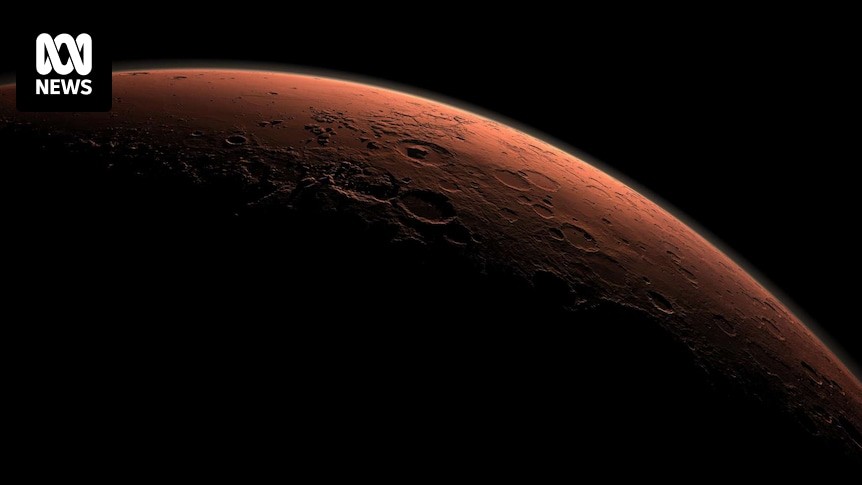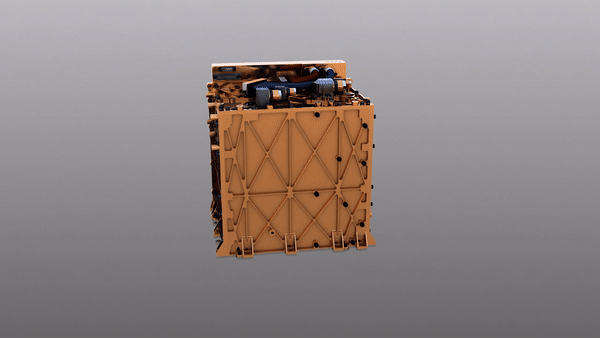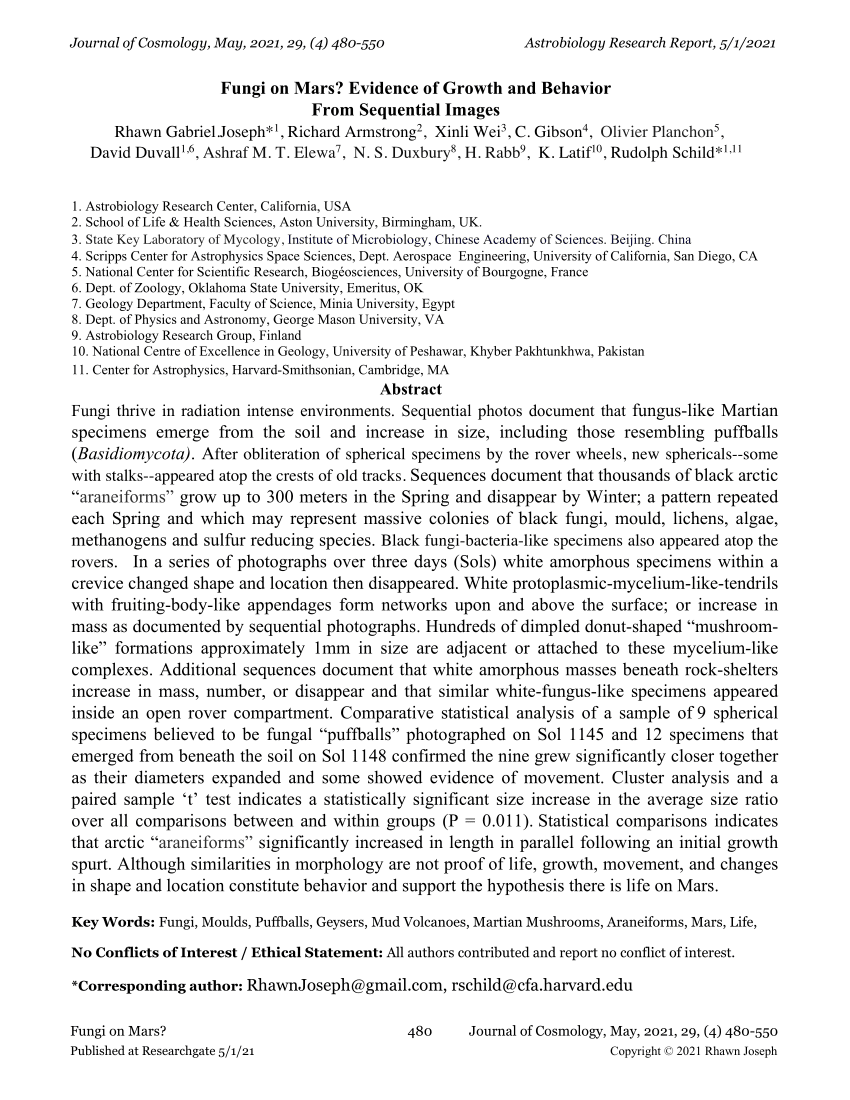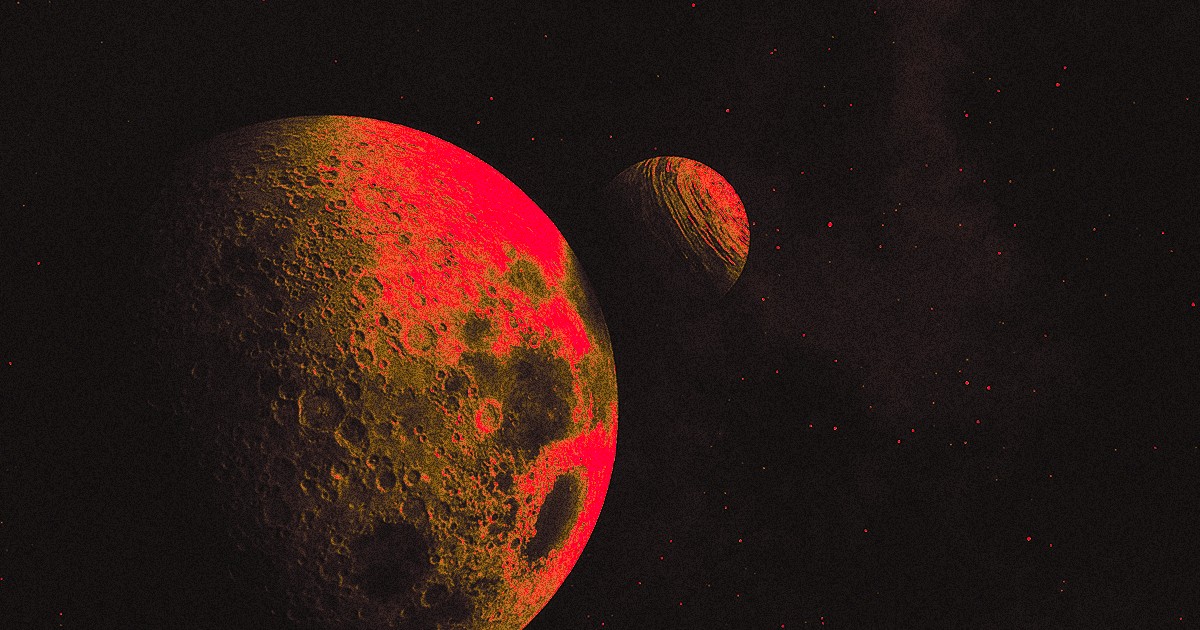I cannot see myself getting sunburnt in late September as I could possibly get late March.sunburn wise
Navigation
Install the app
How to install the app on iOS
Follow along with the video below to see how to install our site as a web app on your home screen.
Note: This feature may not be available in some browsers.
More options
-
 BigFooty AFLW Notice Img
BigFooty AFLW Notice Img
AFLW 2025 - AFLW Trade and Draft - All the player moves
-
Mobile App Discontinued
Due to a number of factors, support for the current BigFooty mobile app has been discontinued. Your BigFooty login will no longer work on the Tapatalk or the BigFooty App - which is based on Tapatalk.
Apologies for any inconvenience. We will try to find a replacement.
You are using an out of date browser. It may not display this or other websites correctly.
You should upgrade or use an alternative browser.
You should upgrade or use an alternative browser.
Astronomy General Space Discussion
- Thread starter Dannnnnnnnnn
- Start date
- Tagged users None
🥰 Love BigFooty? Join now for free.
the Mars drone is apparently gunna stream live tonight
- Feb 28, 2009
- 38,218
- 35,548
- AFL Club
- Essendon
- Other Teams
- Baltimore Ravens, Atletico
According to this,Link?
How you can watch NASA make history today by flying a chopper on Mars
NASA's Ingenuity helicopter will today attempt to become the first aircraft to lift off from the surface of Mars.
Given the propagation delay involved in sending signals over such a long distance, the entire movement is pre-planned and uploaded to Ingenuity before it ever takes offWould love for it to be a Twitch streamer they gave control to for a night
Log in to remove this Banner Ad
- Feb 28, 2009
- 38,218
- 35,548
- AFL Club
- Essendon
- Other Teams
- Baltimore Ravens, Atletico
Basically came down to this
- Feb 28, 2009
- 38,218
- 35,548
- AFL Club
- Essendon
- Other Teams
- Baltimore Ravens, Atletico
NASA has successfully converted CO2 to O2 on Mars, proving that MOXIEs actually work

 www.abc.net.au
www.abc.net.au
NASA extracts breathable oxygen on Mars in step towards letting astronauts 'live off the land'
NASA logs another extraterrestrial first on its latest mission to Mars: converting carbon dioxide from the Martian atmosphere into pure, breathable oxygen.
- Feb 28, 2009
- 38,218
- 35,548
- AFL Club
- Essendon
- Other Teams
- Baltimore Ravens, Atletico
2nd flight, this time with some lateral movement, was successful
- Oct 1, 2014
- 6,735
- 14,544
- AFL Club
- Hawthorn
Ars Technica have a good article about how transformational the selection of SpaceX for the moon lander NASA’s bold bet on Starship for the Moon may change spaceflight forever | Ars Technica Starship (and it's variants) will not only reduce costs to LEO but also increase the cadence of launches significantly. As always there are a few interesting comments to the article.
- Oct 1, 2014
- 6,735
- 14,544
- AFL Club
- Hawthorn
Snake_Baker
The one true King of the North
- Apr 24, 2013
- 81,024
- 153,196
- AFL Club
- North Melbourne
- Other Teams
- Essendon Lawn Bowls Club
- Banned
- #211
NASA has successfully converted CO2 to O2 on Mars, proving that MOXIEs actually work

NASA extracts breathable oxygen on Mars in step towards letting astronauts 'live off the land'
NASA logs another extraterrestrial first on its latest mission to Mars: converting carbon dioxide from the Martian atmosphere into pure, breathable oxygen.www.abc.net.au

NASA’s Perseverance Mars Rover Extracts First Oxygen from Red Planet - NASA
The growing list of “firsts” for Perseverance, NASA’s newest six-wheeled robot on the Martian surface, includes converting some of the Red Planet’s thin,
- Oct 1, 2014
- 6,735
- 14,544
- AFL Club
- Hawthorn
SpaceX nailed the landing of SN15, the Starship prototype for the first time. SpaceX launches Starship SN15 rocket and sticks the landing in high-altitude test flight | Space
As Marvin the Martian said 'Where's the kaboom'
As Marvin the Martian said 'Where's the kaboom'
- Oct 1, 2014
- 6,735
- 14,544
- AFL Club
- Hawthorn
You can follow the Long March booster re-entry here
CZ-5B R/B | NORAD ID 48275 | Real-time satellite tracking and predictions (uphere.space)
it's over the US now, looks like the 'Big Board' from Dr Stangelove.
CZ-5B R/B | NORAD ID 48275 | Real-time satellite tracking and predictions (uphere.space)
it's over the US now, looks like the 'Big Board' from Dr Stangelove.
- Oct 19, 2020
- 31,998
- 43,699
- AFL Club
- Richmond
- Banned
- #214
The Mars landing has been great to follow.
That helicopter was a big step forward.
That helicopter was a big step forward.
Did anyone see any meteorites tonight? I didn't
Snake_Baker
The one true King of the North
- Apr 24, 2013
- 81,024
- 153,196
- AFL Club
- North Melbourne
- Other Teams
- Essendon Lawn Bowls Club
- Banned
- #216
Hmmmm

 www.researchgate.net
www.researchgate.net

(PDF) Fungi on Mars? Evidence of Growth and Behavior From Sequential Images
PDF | Fungi thrive in radiation intense environments. Sequential photos document that fungus-like Martian specimens emerge from the soil and increase in... | Find, read and cite all the research you need on ResearchGate
Werewolf
Meme Thief

A Tiny Planet Will Soon Drift Nearer to Earth Than Since Caveman Times
Nice of it to stop by!
Scientists have spent the last few years tracking a curious space rock called 2014 UN271, which is a little too big to be a comet and a little too small to be a planet, as it careens through the solar system.
And pretty soon, they’ll finally be able to get an even better look at it, according to New Atlas, when 2014 UN271 reaches the closest point to Earth in its orbit in 2031, when it will reach about the same distance from the Sun as Saturn — not a day trip, but strikingly close to Earth in the scale of the solar system.
When it does, astronomers had better hope for clear skies, because it’ll be another 612,190 years before it completes another trip around the Sun. For context, that’s about the amount of time that passed between the emergence of Neanderthals and today.
Last edited by a moderator:
Richard Branson on his way to space as I type this, live on YouTube. Of course, there's a realistic chance of Sir Richard becoming space junk...
^ Grouse. Thanks
🥰 Love BigFooty? Join now for free.
- Oct 1, 2014
- 6,735
- 14,544
- AFL Club
- Hawthorn
The GAO in the US has dismissed the Blue Origin complaint about NASA awarding the moon landing system to SpaceX This is probably why Blue Origin keeps protesting NASA’s lunar lander award | Ars Technica
After the recent Robocosmos stuff ups the Russians are going on the attack and accusing a US astronaut of sabotaging the ISS, remember the mysterious hole that was found in one of the modules. Russia’s space program just threw a NASA astronaut under the bus | Ars Technica There seems to be no evidence to support the claim and it probably belongs in the disinformation category as part of an exercise in deflection from there own series of failures.
After the recent Robocosmos stuff ups the Russians are going on the attack and accusing a US astronaut of sabotaging the ISS, remember the mysterious hole that was found in one of the modules. Russia’s space program just threw a NASA astronaut under the bus | Ars Technica There seems to be no evidence to support the claim and it probably belongs in the disinformation category as part of an exercise in deflection from there own series of failures.
- Oct 1, 2014
- 6,735
- 14,544
- AFL Club
- Hawthorn
The Super Heavy Booster for Starship is due soon to fire it's boosters for the first time in a static test. Elon Musk says SpaceX could fire up first orbital-class Super Heavy booster next week (teslarati.com) The latest Ars Technica Rocket Report Rocket Report: Next Falcon Heavy launch date set, Soyuz 5 engines clear tests | Ars Technica had a very funny posting in the comments:
Hey, where's the news of Sue Origin sending the first lawyer to the Moon?
I can already imagine the headlines:
"One small lawsuit for a man, one giant trial for mankind!"
"Houston, we have a subpoena!"
"Failure to appear is not an option!"
Hey, where's the news of Sue Origin sending the first lawyer to the Moon?
I can already imagine the headlines:
"One small lawsuit for a man, one giant trial for mankind!"
"Houston, we have a subpoena!"
"Failure to appear is not an option!"
Mofra
Moderator
- Dec 6, 2005
- 75,155
- 222,526
- AFL Club
- Western Bulldogs
- Other Teams
- Footscray, Coney Island Warriors
- Moderator
- #222
Will be jumping on iView for this:

 www.smh.com.au
www.smh.com.au
Brian Cox’s spectacular TV series unlocks the greatest story ever told
There are 2 trillion galaxies in the piece of the universe we can see, says the award-winning physicist. But we can’t presume there is life anywhere else.
We can’t even see most of the universe, most probably, but the star count is already so massive that there are too many strings of noughts to get your head around. “We have discovered there are 2 trillion galaxies in the piece of the universe we can see. That’s a fact,” says Professor Brian Cox, whose job it is to keep us abreast of facts like these. “Two trillion, each one, give or take, the size of the Milky Way – so let’s say 100 billion, maybe a trillion stars in each one.” It makes Earth seem very small indeed.
This is the stuff of the good Mancunian professor’s spectacular new series Universe, which deals with how stars came into being, the latest discoveries about black holes and the fact that there are planets out there that are like Styrofoam. It is about what a space probe that goes into the Sun’s atmosphere discovers and what information is being gleaned from Hubble. We know, for example, that the universe was formed 13.8 billion years ago. It had a beginning. In 10 trillion years, it will have an end. The last star will be a Red Dwarf: a relatively small, dim star that will simply fade away, leaving a void.
- Feb 28, 2009
- 38,218
- 35,548
- AFL Club
- Essendon
- Other Teams
- Baltimore Ravens, Atletico
Launch window begins at 11:20pm AEDT tonight
 that it goes well given all the delays that JWST has faced so far
that it goes well given all the delays that JWST has faced so far
 that it goes well given all the delays that JWST has faced so far
that it goes well given all the delays that JWST has faced so far- Feb 28, 2009
- 38,218
- 35,548
- AFL Club
- Essendon
- Other Teams
- Baltimore Ravens, Atletico
2 minutes and counting. Go you Froggies...





